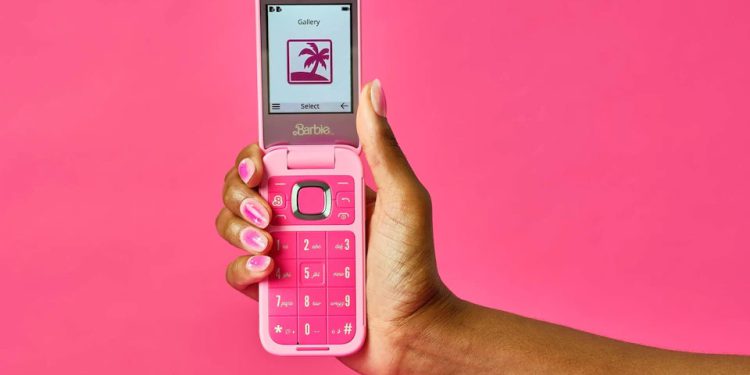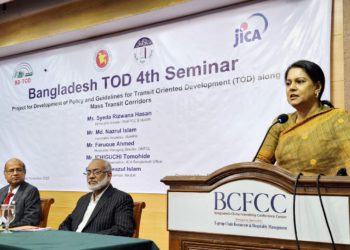The Telegraph – The makers of Nokia have released a Barbie “brick” phone with no social media access to encourage children to spend less time online.
The mobile phone, on sale for £99, is designed to offer a digital detox by providing only calls and text but no internet access.
The flip phone, produced by Human Mobile Devices (HMD), comes with digital well-being tips and replaceable covers, as well as a basic camera.
It has been designed in partnership with Mattel and has a range of stick-on crystals and “retro” Barbie stickers to allow users to fully customise their phone.

HMD said research showed that more and more young people were open to taking a digital detox from their smartphone by switching to a more basic feature phone reminiscent of the mobile phones of the 1990s and early 2000s.
The move follows new guidance from EE, one of the UK’s biggest mobile networks, that parents should not give primary school children smartphones.
In April, Ofcom, the online safety regulator, found that a quarter of three to seven year-olds have their own smartphones, up from a fifth the previous year. It rose to 59 per cent of eight to 11-year-olds and 95 per cent of 12 to 15-year-olds.
An international survey of 10,000 parents for HMD, including 2,000 in the UK, found that more than half regretted giving a smartphone to their child.
They felt it impeded family engagement, hindered children’s sleep, reduced their physical exercise and limited time socialising with their friends.
Lars Silberbauer, the chief marketing officer at HMD, said: “In our fast-paced digital world, it can often feel like the online buzz never stops. This phone encourages you to ditch your smartphone in times when you just want less browsing and more fun, all with the help of a true cultural icon, Barbie.”
Some online campaigners and politicians have called for a ban on smartphones for children under 16. Sir Keir Starmer rejected a ban, but suggested there should be stronger controls around what content children can access on their devices.
HMD is working with parents to bridge the gap between smartphones and “brick” phones, which are largely limited to calls and some texts.
It is working with parents to develop a handset next year with features such as a locator, so that families know where their child is, as well as messaging and potentially some form of video link between parents and children.
Research for HMD showed parents wanted features such as educational apps (66 per cent), messaging apps (65 per cent), music (60 per cent), maps and navigation (55 per cent), entertainment (50 per cent), and video calling (50 per cent).
The Telegraph




















